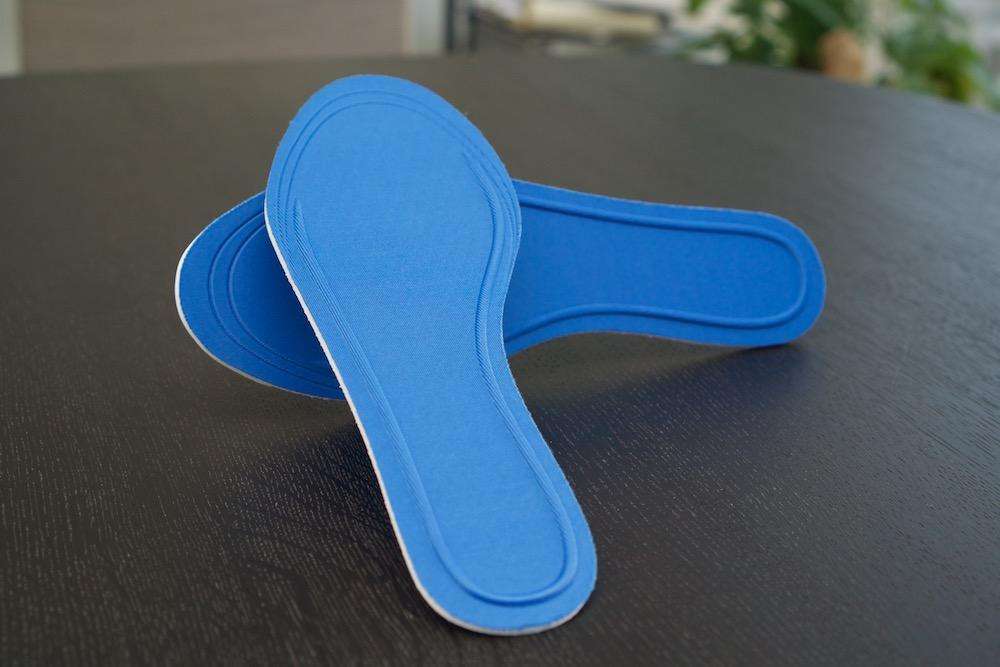When an individual suffers from a foot injury, they may feel their options for workouts are severely limited. Nevertheless, there are still various ways to remain active, even with an injury. One such way is through high-intensity interval training (HIIT). This form of exercise is a terrific way to receive a full-body workout in a short period of time. Within this article, we shall examine the manner in which an individual can execute a HIIT workout with a foot injury while simultaneously remaining safe and getting the most out of their workout.
HIIT: What is it and How Can it Benefit You?
HIIT is an exercise that alternates between high-intensity exercise and short periods of rest or lower-intensity exercise. Research has demonstrated that this workout is effective in enhancing cardiovascular fitness, building strength and endurance, and burning calories. In fact, HIIT has been shown to be more effective at burning fat than other exercise types.
In addition to its physical benefits, HIIT provides an opportunity to challenge oneself mentally. This form of exercise necessitates focus, discipline, and mental toughness, each of which can help to build resilience and self-confidence.
Safety Precautions to Take with a Foot Injury during HIIT Workout
Prior to initiating a HIIT workout with a foot injury, it is crucial to implement safety precautions to avoid exacerbating the injury. Here are a few tips to bear in mind:
- Consult with a physician or physical therapist prior to commencing a new exercise program.
- Initiate the workout gradually, and increase the intensity progressively.
- Avoid exercises that exert excessive pressure on the affected foot, such as jumping or running.
- Opt for low-impact exercises, such as cycling or swimming.
- Utilize supportive shoes that provide cushioning and stability.
Exercises to Attempt During a HIIT Workout with a Foot Injury
Now that we comprehend how to remain safe during a HIIT workout with a foot injury, the following exercises can be attempted:
- Stationary cycling: This is a fantastic low-impact exercise that can be executed on a stationary bike. Adjust the resistance to escalate the intensity of the workout.
- Battle ropes: This exercise entails swinging heavy ropes to work the upper body and core. It is an excellent method to get a high-intensity workout without placing excessive pressure on the feet.
- Box jumps: If the foot injury is mild, attempting box jumps is feasible. Start with a low box and gradually increase the height as the foot heals.
- Burpees: Burpees are a full-body exercise that can be modified to reduce the impact on the feet. Rather than jumping, step back into a plank position and then step forward to stand up.
In conclusion, experiencing a foot injury does not need to imply giving up on one’s fitness objectives. By adopting the requisite precautions and selecting the appropriate exercises, a HIIT workout can still be executed to obtain a fantastic workout without exacerbating the injury. Therefore, seek consultation from your physician or physical therapist, choose low-impact exercises, wear supportive shoes, and prepare to sweat!


